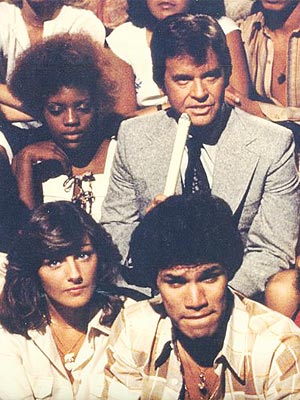You use your mouse for just about everything: you drag, you drop, you highlight, you scroll. But even if you click your mouse a thousand times a day, I bet I’ve got a few secret mouse tricks you’ve never heard of.
Click Tricks
You surely know that double clicking highlights a word, and you might even know that triple clicking highlights a paragraph. But have you ever wanted to select a column of text in a Word document, without getting all the text to the left and right of it? Here’s how you can: Hold down the alt and left mouse button (on a Mac, option-left mouse), and drag the cursor over the section you want to select. The coolest thing about this trick is that the text you are selecting does not even need to be formatted as a column for this to work.
[Related: 8 Microsoft Word Shortcuts You Probably Don't Know]
Scroll Tricks
Most mice have a scroll wheel. Sure, it takes you up and down on a page, but in combination with other keys, it can do much more:
- Scroll sideways: In many versions of Excel, holding down the shift key while scrolling will take you sideways. That’s super helpful in a big spreadsheet.
- Scroll wheel as back button: In most web browsers, if you hold the shift key while using the scroll wheel, it works like the back button: You can fly through all the sites you’ve recently visited. (Some mice have side buttons that work like back and forward buttons in your browser, too.)
- Scroll to zoom: Holding ctrl and scrolling lets you zoom in or out of the page you’re viewing. Ctrl-scroll up zooms you in; ctrl-scroll down zooms you back out. On a Mac, this trick will zoom in and out your whole screen, not just the document you’re in.
Windows-Specific Tricks
While most of the tricks I’ve listed so far work in either Windows or Mac OS, here are a few that are specific to Windows machines:
- To maximize a window: drag the title bar to the top.
- To minimize all windows except the active window: “Shake” the title bar. Then if you want to restore all the windows you just minimized with this shortcut, just click again on the title bar of the window in view.
- To view two windows in a 50-50 split: Drag the title bar of one document to the left edge of your screen, then drag a second document to the right edge; they will snap into position in a nifty side-by-side view.
Bonus Sneaky Trick
Suppose you want to walk away from your hyper-secure work computer for a few minutes and not have to re-log in when you get back. Sure, you could change the sleep settings, but this idea is much more clever: Set your mouse on top of your analog watch or a clock. The mouse tracks the second hand’s movement and it tricks your computer into thinking you’re still busy working. Of course, there are valid security reasons for NOT using this trick, but I still think it’s cool that it works.
Did we miss your favorite mouse trick? Like us on Facebook, and share your secret there.
[Related: How to Speed Up Your Internet Browsing]
Tech News Headlines – Yahoo! News
Title Post: Hidden Powers of Your Mouse
Rating:
100%
based on 99998 ratings.
5 user reviews.
Author:
Thanks for visiting the blog, If any criticism and suggestions please leave a comment











